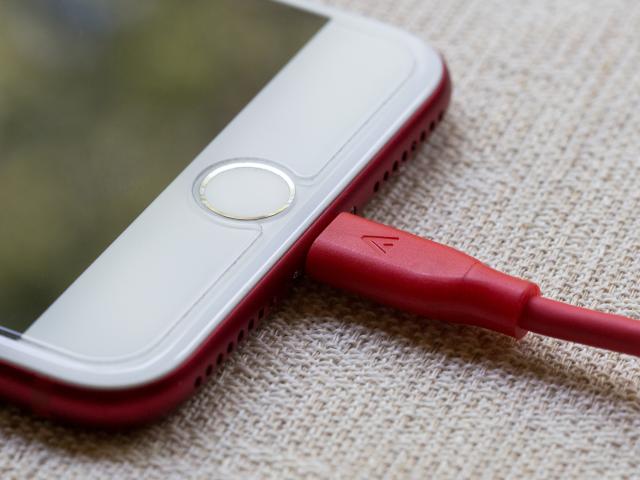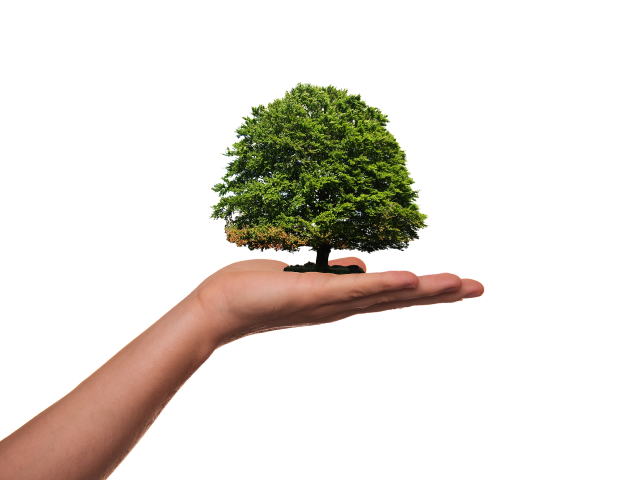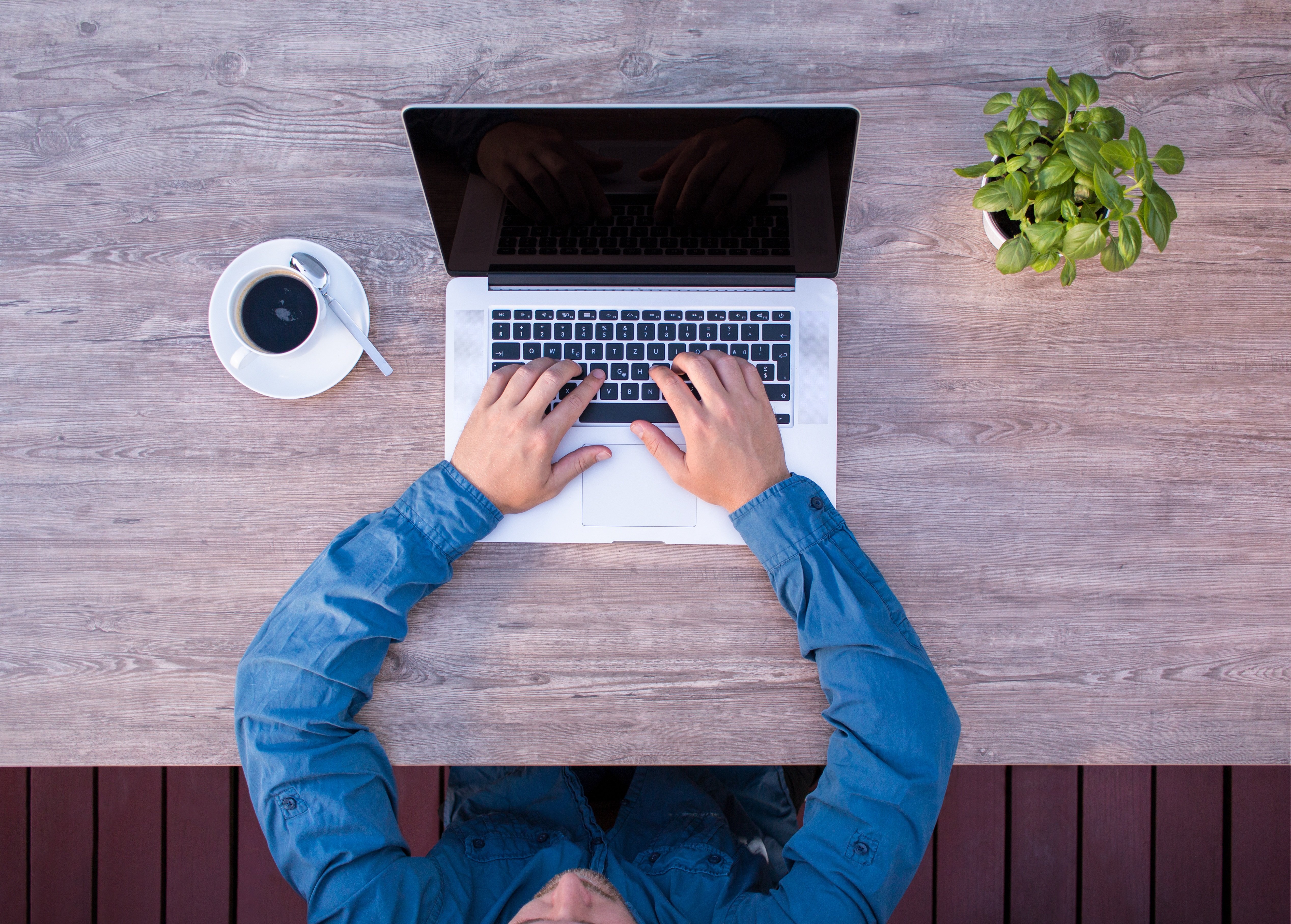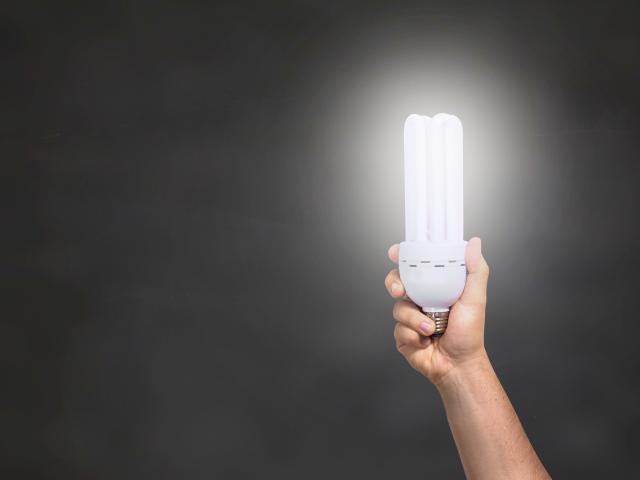As the UK is currently experiencing another lockdown, it is inevitable that you will have to start working from home more. That means Zoom meetings in your pyjamas, cuddling your pets as you write emails and, a great opportunity to become more eco-friendly! To help you go green and do your bit for the planet as you work, here are our 7 best ways to be eco-friendly whilst working from home.
Everyone wants to be cosy, especially as winter approaches, so it’s understandable why emissions from household heating rise when workers bring theirs into offices to their homes. However, your warm toes and cosy setups could be damaging the environment. If you are able, why not try limiting the amount of time you have your heating on for? In usual circumstances, your heating would be turned off as you spend the day in the office to be turned on only when you arrive back at home. As you work your 9-5, try switching off the heating and opting for comfy layers instead - you can turn the heating on again when you finish work, just like you would on a normal working day. Not only will this cut down emissions produced from your central heating, but it will also make finishing work just that little bit more blissful when you can take off some of the layers and relax in your heated home.
Working from home is an excellent opportunity to test the water at going paperless! With technology becoming more and more advanced every day, you are now able to store everything on a single memory stick and get all of your paperwork done on your laptop. By saving paper in this way, you can make a big difference to the environment by saving paper and reducing the damage to our forests. Whilst it may seem scary trusting your laptop to look after all of your documents, features such as ‘autosave’ make digitalising your work just as reliable as storing it in a filing cabinet.
As the days get progressively shorter, you may find yourself switching on your lights much earlier than you did in the first lockdown. Swapping your regular bulbs for energy-efficient ones is not only good for the environment but they can last up to 12 times as long as usual bulbs, which will save you the hassle of changing them so often.
Why not use your extra time to do a bit of online shopping? With sustainability becoming more popular than ever, there a variety of small companies who produce brilliant sustainable office supplies that look great and help the planet! You can make swaps such as regular pens for bamboo pens, plastic folders to paper folders, recycled paper and bio-plastic binders made from corn! Sustainable supplies are always high quality and will give your home office area the perfect makeover.

We’ve all done it, left our phones on charge all day long even though they are sitting at 100%. You may think that once something is not being used, it won't take any energy- even if it is plugged in. The truth is quite the opposite! Even if your gadgets are just sat waiting for you to pick them up, they draw energy from the grid whilst they are plugged in at the wall. This energy can be easily saved but unplugging tech that no longer needs to be connected to the grid. Phone chargers, hairdryers, fairy lights and kitchen appliances are all culprits of taking energy whilst not being used and should be put away when they are no longer needed.
Working in a comfortable environment can increase efficiency and ease of the job at hand, many people amp-up the brightness of their screens to make work more visible and easy to read. But, did you know that dimming the brightness of your computer/laptop can save up to 20% of the energy which will, in turn, cause less strain on the environment? Investing in a good pair of glasses can help you to adjust to the lower light as well as sitting near a window or getting a small desk lamp. After a while, your eyes will get used to your new screen brightness and you won’t even notice the difference.

Going paperless will reduce your paper usage completely however, sometimes you cannot avoid having physical copies of documents, worksheets or forms. You can make your printing smarter by printing on both sides, printing in black and white and only printing essential pages of documents- you can cut out title pages or pages with just a few words on them. You should also try to make the layout of documents as concise as possible to avoid using paper that you do not essentially need.
To make sure that you are being as eco-friendly as possible, it may be a good idea to ask an energy survey company to assess your usage. This will allow you to understand where most of your energy is being used and help you to maximise your efforts at going green!
Guest blog from Lily Harris.
Lily Harris is a freelance writer who advocates for sustainable living to help the environment. Lily has been passionate about the environment from a young age and hopes to bring attention to the small ways we can all work together to fight climate change effects. You can usually find her exploring local parks with her cocker spaniel, or getting stuck into a new recipe.
References
https://www.environment.admin.cam.ac.uk/news/top-green-tips-working-home
https://www.treehugger.com/how-to-go-green-work-from-home-4857466
https://ecolonomics.org/how-to-be-eco-friendly-working-from-home/
https://www.epcforyou.co.uk/location/epc-london/



